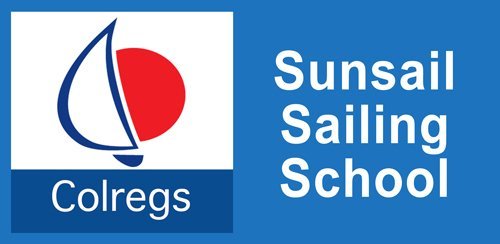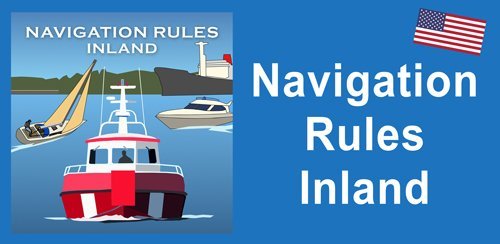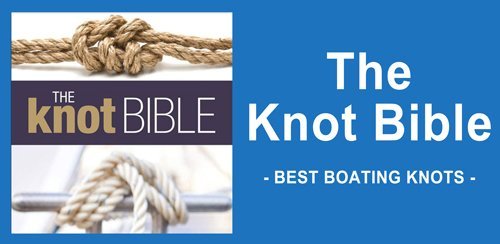Understanding tides when passage planning
When planning a trip in tidal waters, check the tides before going afloat. Use almanacs, charts, tide tables and tidal stream atlases to gather all the data you need.
It is advisable to have a written note of tidal data for your trip including:
Your boat’s draft.
The predicted times (in Universal Time) of high and low water.
The heights of the tide.
The tidal ranges.
The direction and speeds of the tidal streams en route.
Check when and how the state of the tide will affect local areas including shallows, harbour entrances, sand bars, headlands and estuaries.
Check predictions and forecasts to determine if and when rough seas caused by wind against tide will occur. Be prepared to change your plan to avoid being caught in adverse conditions.
Use all the data you gather to:
Plan your departure time(s).
Take advantage of tidal flow to shorten journey time.
Estimate your journey time.
Plan your arrival time(s).
Avoid potential hazards caused by tidal conditions.
Ensure there will be safe clearance under your keel at all times.
Tips:
Double check all calculations.
Remember to allow for Summer Time, if applicable.
Avoid shallow water on a falling tide.
Learn ColRegs: Traffic Separation Schemes
Narrowboating on the Kennet and Avon Canal
A recently cancelled sailing event I was due to take part in left us with a free weekend in the diary. Given that my wife and I were celebrating a bumper wedding anniversary and the weather forecast was for fine weather, we decided to hunt around for a last minute canal holiday.
Galvanic and electrolytic corrosion
Galvanic corrosion is an electrochemical reaction between two or more different metals, in the presence of an electrolyte (note salt water is a good electrolyte).
Pleasure craft safety equipment recommendations
Know your Navlights & Shapes – essential for all skippers
An explanation of the IALA maritime buoyage systems – IALA A and IALA B
Boat electrics inspection checklist
With the boat ashore, here are some recommendations for carrying out a boat owner electrics inspection. Safety is always paramount so remember to do the checks with the batteries off. Wearing a head torch helps, make notes as you go and only tackle a repair if you are 100% sure you know what you are doing:
Leaking decks
Leaking decks are perceived as a nuisance by some boat owners, but if leaks are ignored a much more serious situation may well be developing, especially in the case of boats with balsa or plywood deck cores. So deck leaks do need to be investigated and dealt with.
Passage Planning Advice & Safety for skippers
Boat ownership – some fundamentals
Owning a boat is a big commitment that should bring no end of satisfaction, but the costs of maintaining and keeping a boat are significant and should never be underestimated.
You Need To Understand The IRPCS ColRegs To Pass Your Yachtmaster, Master of Yachts and Coxswain Certificate of Competence
Boat maintenance log
Cleaning & polishing painted topsides
The gelcoat topsides of a GRP boat can be pampered and restored to their former glory relatively easily when it is ashore. Gelcoat is only a very thin outer layer of the hull, often less than 1mm thick, so you should avoid cleaning it with highly abrasive cleaners, or an-ything that could potentially damage its surface.
Essential Boat Buying Tips for First-Time Boat Owners
The first question that comes to mind when thinking about buying a boat is: what type of boat? There are more than 20 different kinds, of different sizes, for different purposes, and different pockets. So, your first step is to decide your boat type.
Peer to Peer yacht charter – How can you monetize your boat?
Essential Knots: Figure of eight
Jester Challenge 2022 – Sailing single handed from Plymouth UK to the Azores: Part 5 – Boat Management
Jester Challenge – A modern experiment in old-fashioned self-reliance, self sufficiency, and personal responsibility. This is the fifth of a 10-part post where solo sailor, Bernie Branfield, shares his first hand account of his single-handed, 2022 Jester Challenge, from Plymouth, UK to the Azores, in his 26′ Invicta Mk2, Louisa.
ColRegs Rule 14 – Head-on Situation
First Aid Afloat – jellyfish stings
How a propeller works
Have a look around any boatyard and you will notice quite a variety of propellers – some have two blades, some have three and others have four or more. While most propellers are completely rigid some have blades that fold.
Finding your way at sea: waypoints
Any sea voyage needs a certain amount of planning before it is undertaken. It makes sense to think about where you are going, how you will get there and what factors might influence your plan. Planning the route itself is also critical. One of the essential parts of modern navigation is the use of waypoints.
Boat engine basics
Winch Servicing
Sailing into a storm
Weather forecasting has become increasingly accurate, but despite this, I was caught out recently by a forecast that considerably underestimated the wind strengths and consequently was sailing single handed in to a Force 8 gale, which proved to be challenging!
2023 Rolex Fastnet Race
Safe Skipper’s Simon Jollands took part in the 2023 Rolex Fastnet Race – a classic offshore sailing event. This is the first of several articles on the race and focuses on the start.









